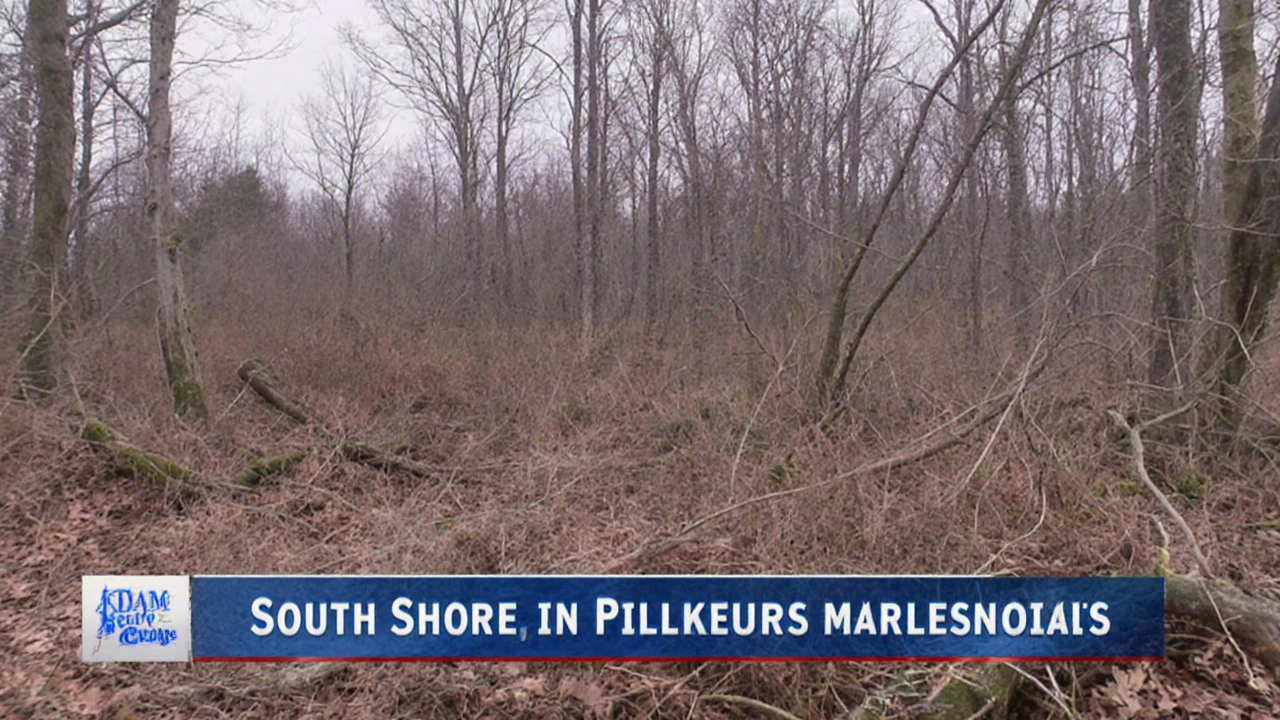When a man out hunting for deer antlers stumbled across a small, green‑tinged skull in the woods near exit 13 off Route 3, he did the sensible thing: he called Plymouth police and left the bone untouched. Within hours, state forensic labs confirmed the remains were almost certainly human, turning a routine forest find into a headline‑making human skull discovery.
Findings and forensic process
Detective Robert Shaw, the lead investigator, quickly dispatched photos to the Massachusetts State Crime Lab. Forensic experts noted the skull’s discolored surface, the absence of a jaw, and its relatively tiny size—details that matched a human cranium rather than any animal. The state medical examiner’s office echoed the assessment, saying the bone’s weathering suggested it had been exposed to the elements for a considerable period.
Because the skull lacked identifying features such as teeth or DNA‑rich tissue, investigators turned to other methods. The crime lab ran isotopic tests to gauge the bone’s geographic history and examined growth patterns to estimate age at death. While those results are still pending, the initial confirmation of humanity has already set a new investigative trajectory.
Police didn’t stop at the single find. By late last week they sent in cadaver dogs to sweep the surrounding area, especially near the Pilgrim Pride apartments on South Street, a location linked to one of the missing women. The dogs alerted to several additional items—bones, clothing fragments, and other debris—though officials have not publicly detailed what was recovered.
In an effort to leave no stone unturned, Plymouth’s crime analyst is compiling a comprehensive list of every missing‑person report filed in the region over the past five years. The goal is to cross‑reference timelines, locations, and personal characteristics to see if any patterns emerge that could tie the skull—or the newly found items—to a specific case.
Impact on families and ongoing search
The timing of the discovery hits especially hard for the families of Sandra Crispo, who vanished from her Hanson home five years ago, and Brittany McCormack, whose disappearance has haunted the Hanover community for a similar span. Both women left behind loved ones who have been forced to keep hope alive with little more than memory and unanswered questions.
Laina McMahon, Crispo’s daughter, described the emotional whiplash of hearing about the skull. "No one has reached out to us about it," she said, adding that every new piece of evidence throws a fresh wave of 'what‑ifs' into her mind. Yet she also voiced a quiet determination, saying she still believes her mother’s story has an end.
Sommer McCormack, Brittany’s sister, echoed that sentiment, calling the situation “overwhelming.” She admitted that even the possibility of a positive identification feels like a double‑edged sword—relief mixed with the stark reality of confronting loss.
State police released a brief statement confirming the ongoing investigation and emphasizing that there is no immediate threat to public safety. They also noted that the cadaver dog search was part of a wider effort to locate any further remains or evidence that could clarify the circumstances surrounding the two disappearances.
- Skull found March 6 by deer‑hunter; verified as human by state labs.
- Cadaver dogs deployed; additional items recovered near Pilgrim Pride apartments.
- Police compiling five‑year missing‑person database for cross‑checking.
- Families of Crispo and McCormack remain hopeful yet anxious.
As the forensic analysis continues and investigators sift through the newly uncovered material, the community watches closely. The discovery has reignited conversations about cold‑case resources, the importance of timely reporting, and the emotional toll on families left in limbo. Whatever the outcome, the skull has already shifted the investigative landscape, offering a tangible lead that was missing for years.
